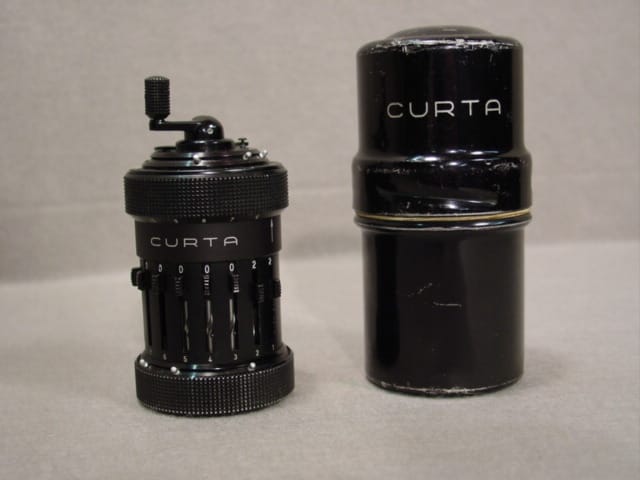All of us carry smartphones with us at all times, and a calculator is just another smartphone application to us. For people who have lived through the period with no calculator, it was no less than a luxury. Today, we tell you the story of how the Curta Calculator was invented.
People have spent years of their life doing mathematical calculations that no longer take more than a few minutes. The evolution of the calculator through time is quite an interesting story. Mechanical devices like the first adding machines began to emerge in the 17th century. For the next centuries to come, they mostly remained more of a curiosity than a tool. Commercial Desktop calculators only began to appear in the late 19th century. Even the lightest of these calculators weighed about 15 Kilograms and cost an absurd amount of money. Over a period, these machines were considerably improved but remained bulky and expensive.
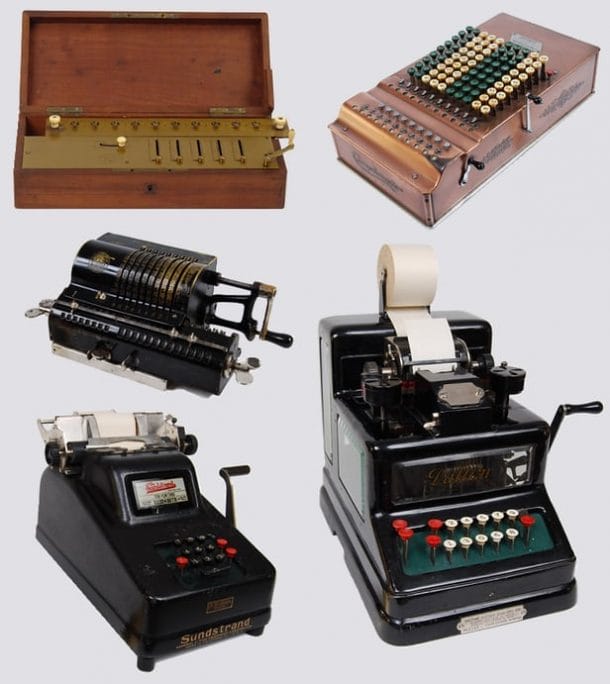
Curt Herzstark was a man who traveled through the Austrian Empire selling mechanical calculators to businesses. On his travels, he continuously heard his customers complain about the size of the calculators. Everyone wanted a calculator they could fit in their pocket, saving them the trouble of having to go to their office to perform simple calculations.
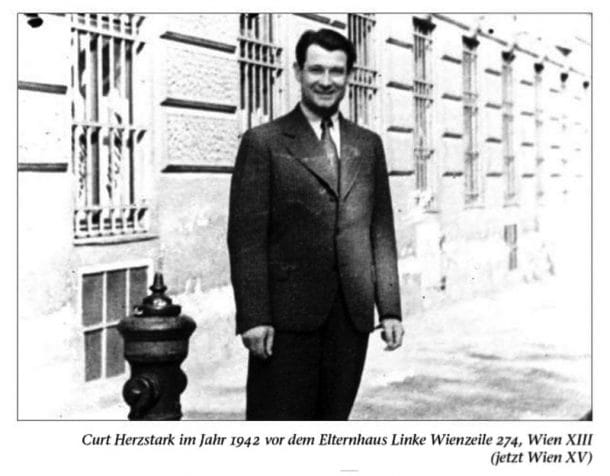
In an interview conducted by the Charles Babbage Institute in 1987, Herzstark said that the complaints of his customers interested him into a pocket calculating machine which seemed to be the requirement of the entire world. Being an heir to the same calculator manufacturing firm of his father, he was already well-trained on building mechanical devices.
Therefore, he spent the next ten years of his life trying to come up with a solution to this problem. Finally, in 1937, he had a breakthrough. He discovered that “One can get the result of a subtraction figuratively by adding the complementary number to it.” He substituted the bulky number registers of the mechanical calculators with a drum made of metal cut in steps to correspond to numbers.
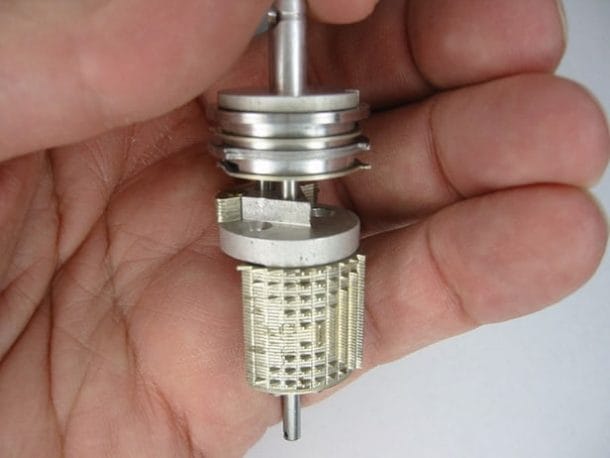
Source: New Atlas
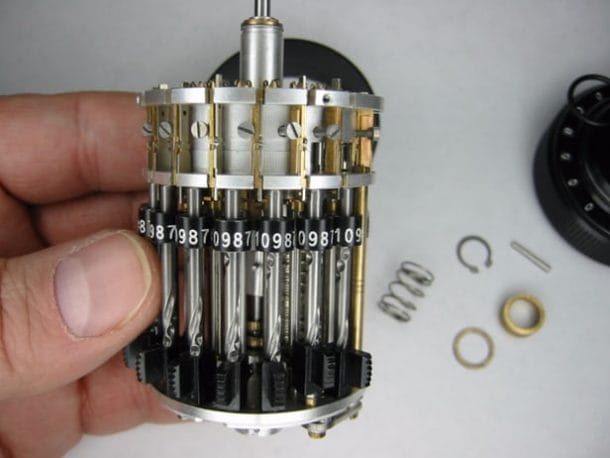
He was about to patent his idea when in 1938, Austria was annexed by Germany and having a Jewish father; he was forbidden to own a business. The business was transferred to his mother, and he got hired as a manager. When the WWII broke out, the calculator business was abandoned, and the company was forced to manufacture precision instruments. In the effects of WWII, the company was torn to shreds, and he ended up in Buchenwald concentration camp run by the Nazi SS.
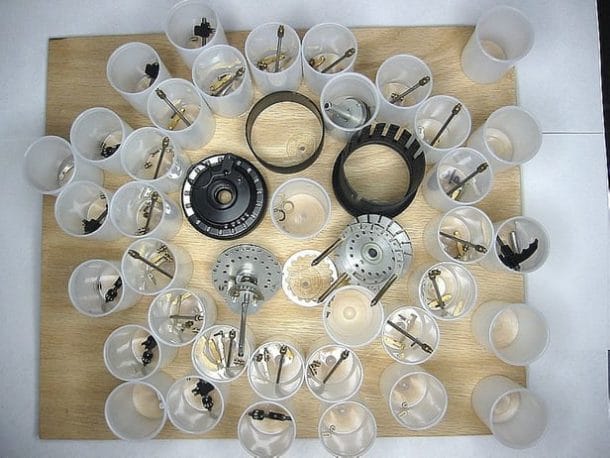
At the camp, he made detailed drawings of the calculator and managed to make three prototypes at Rheinmettalwerk factory. He then bribed his way onto a coal train and fled to Austria.
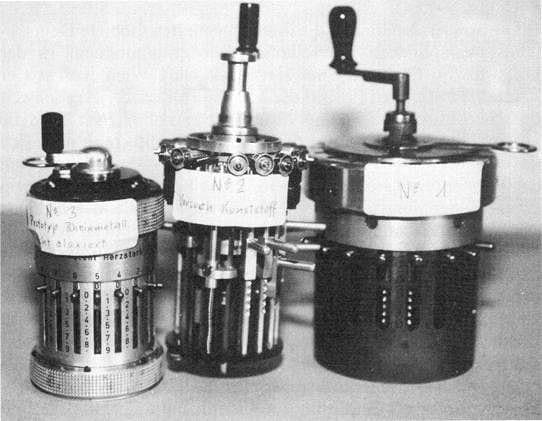
Source: New Atlas

The Curta was nowhere as simple as new calculators, but it was quite simple when compared to larger machines. On one side of the Curta, there are a series of slides and number indicators to input number and there is a readout on top for answers. Input one number, turn the crank, put the first number into memory and then put in the second number, turn the crank again to get the answer. Subtraction is similar; before you input the second number, raise the handle. To multiply, input the number and just turn the crank to multiply as many times as needed. Division is, however, slightly complicated.
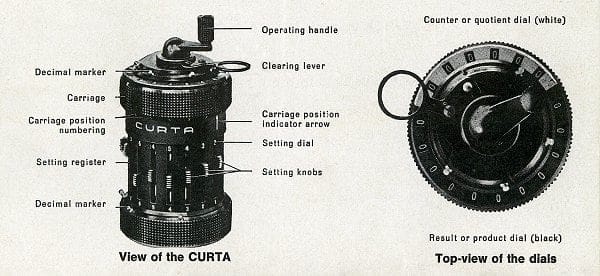
The calculator uses no batteries and gives results up to 8 to 11 places. It was a marvel that shows how a great piece of art emerged out of one of the most horrible episodes of human history.
What are your thoughts on the Curta calculator? Comment below!

